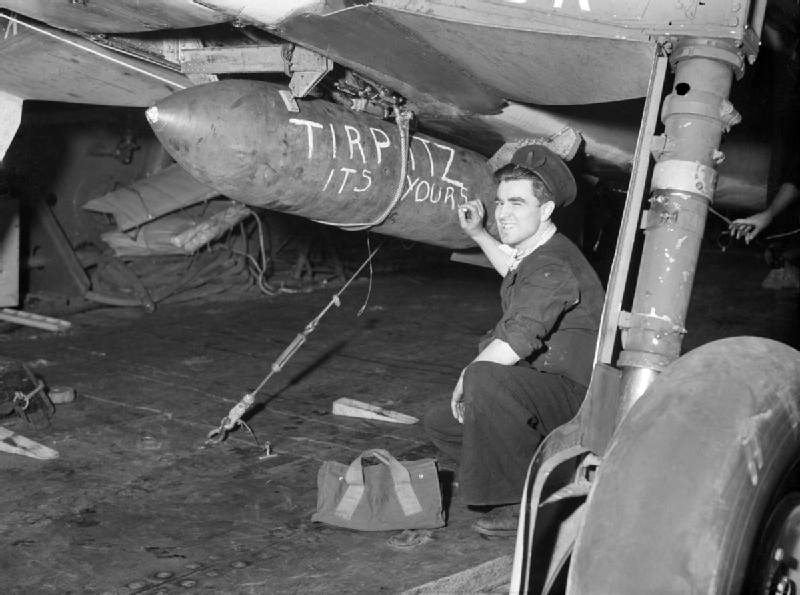Eighty years ago this week the RAF and the FAA find limits to air power

The Royal Navy mounted another attempt to sink German battleship Tirpitz, whose presence in Norway threatened aid convoys to the Soviet Union, tying down extensive resources. Two waves of 21 Fleet Air Arm (FAA) Barracuda bombers from HMS Victorious and HMS Furious together with F-4F, F-6F and F-4U fighters attacked her; the first catching her unprotected by smokescreen. A number of bombs hit, causing extensive, but superficial damage; even special armour-piercing bombs could not penetrate her main armour. Her crew, especially anti-aircraft gunners, suffered extensive casualties. Tirpitz was back to full operational condition within weeks.
In one of its last major raids on Germany before being switched to direct support for Overlord, RAF Bomber Command suffered calamitous losses in an attack on Nuremberg, losing 95 bombers. Most casualties were suffered flying in a long, straight leg from the Dutch border to Fulda. Only minimal diversionary operations were mounted. The disadvantage caused by these departures from normal practice was compounded by a clear night (unforeseen by the RAF meteorologists) which helped Luftwaffe night fighters find the bombers. The city was largely unscathed. AOC-in-C Bomber Command Air Marshal Harris did not mention the raid in his memoirs.
The Japanese U-Go offensive in Burma took the British by surprise by concentrating on the hill station at Kohima rather than the more strategically important city of Imphal. General Slim saw the danger just in time and reinforced the brigade at Kohima before the Japanese cut the road from Imphal. In his memoirs Slim freely admitted his error.


Comments
Post a Comment